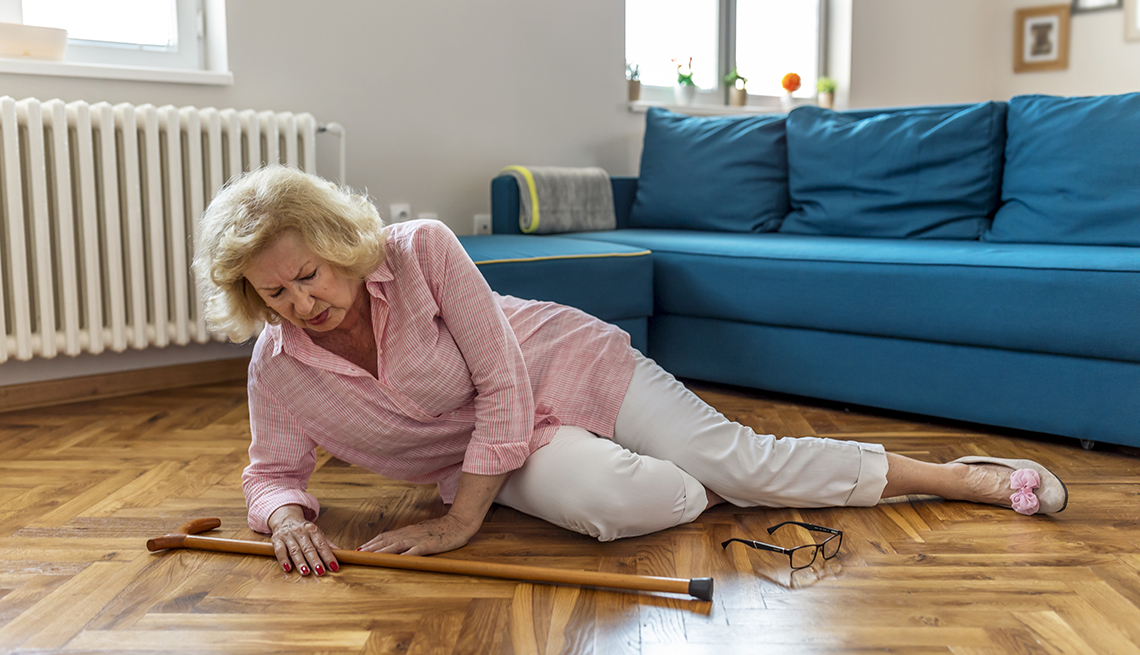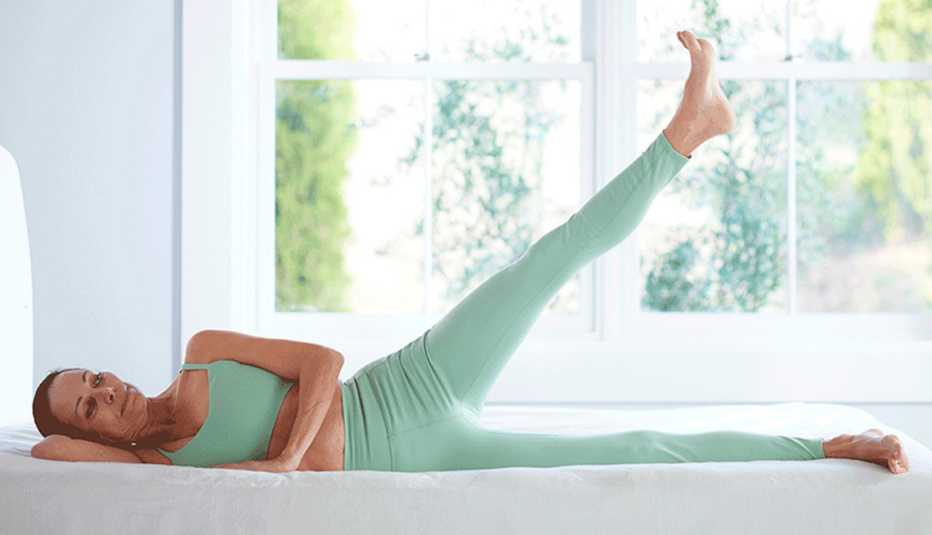AARP Hearing Center
A fair amount of media and medical attention is paid to preventing falls among older adults — but there are times when people fall, despite taking the recommended precautions. Every year, more than 25 percent of adults 65 and older fall, and falling once doubles a person’s chances of falling again, according to the Centers for Disease Control and Prevention (CDC).
Sometimes a fall causes a serious injury such as a broken bone. Each year, at least 300,000 older people are hospitalized due to hip fractures, according to the CDC. If you have fractured a bone from falling, it’s best to stay where you are and call for help, if possible. Even if a bone isn’t broken, sometimes older adults have trouble getting up from a fall without assistance. This is partly because people don’t learn this skill and partly because people become more stiff and less agile as they get older.
But there are effective ways to get up from a fall. “It’s a good idea to practice getting up, almost like a fire drill,” says Brianne Carroll, a physical therapist at the NYU Langone Orthopedic Center in New York. That way, you’ll know what to do in the event that you fall. Plus, “being able to get up from the floor [without assistance] is a positive health behavior, just the same way that exercising is,” Carroll says.
Signs of Hip Fracture
- Inability to get up from a fall
- Inability to walk
- Severe pain in the hip or groin
- Inability to put weight on the side of the injured hip
- Bruising and swelling in and around the hip area
- Outward turning of the leg on the side of the injured hip
Source: Mayo Clinic
What follows are step-by-step instructions for effective ways to get back up. First, take a moment to “scan your body for injuries,” advises Leah Verebes, an assistant professor in the physical therapy program at the Touro University School of Health Sciences in New York. “If something hurts as you move, it is best to remain on the floor and seek assistance.” The concern is that if you’re seriously injured and you try to get up, you could make the injury worse.
5 ways to safely get up from a fall
If you feel OK, though perhaps a bit shaken, here are five strategies for trying to get up.
- Slowly roll onto your side, push yourself up onto your hands and knees (into a crawling position) and crawl toward a sturdy chair, coffee table or couch.
- Once you’re in front of the steady piece of furniture, put your hands on it and put your stronger leg out first, then get up into a half-lunge position before rising to a standing position, Carroll suggests.
- If you can’t fully stand, you can turn your body and sit on the chair, sofa or table. If you can’t crawl because you have bad knees, you can scoot on your butt on the floor or roll your way over to that piece of furniture, says Pam Toto, a professor in occupational therapy at the University of Pittsburgh.
- Another option involves turning to your side, placing your hands on the floor and pushing to bring your body into a seated position. “If possible, reach for a cushion to slide underneath your bottom,” Verebes says. “Push back onto the cushion as much as you can, then lift your bottom up and onto the chair.”
- If there isn’t a chair nearby, you can scoot your way to a step on a staircase, then put your butt on the lowest step and use your legs to push yourself up to a higher one, Toto says.
If someone comes to your aid, keep this in mind: There’s a “high risk of injury for partners or caretakers if they try to help someone up if they’re deadweight,” Toto says. (See the video below that shows how caregivers can help people get up from a fall.) Plus, if you’re the one on the floor, you might fall again, Carroll says, because “it’s hard for you to generate enough force for you to help them lift you up.”
Whichever strategy you use to get up, take your time and don’t try to do too many things at once, Carroll says. “Once you get up from a fall, sit for a couple of minutes and calm yourself, so you don’t get up too quickly and fall again.”








































































